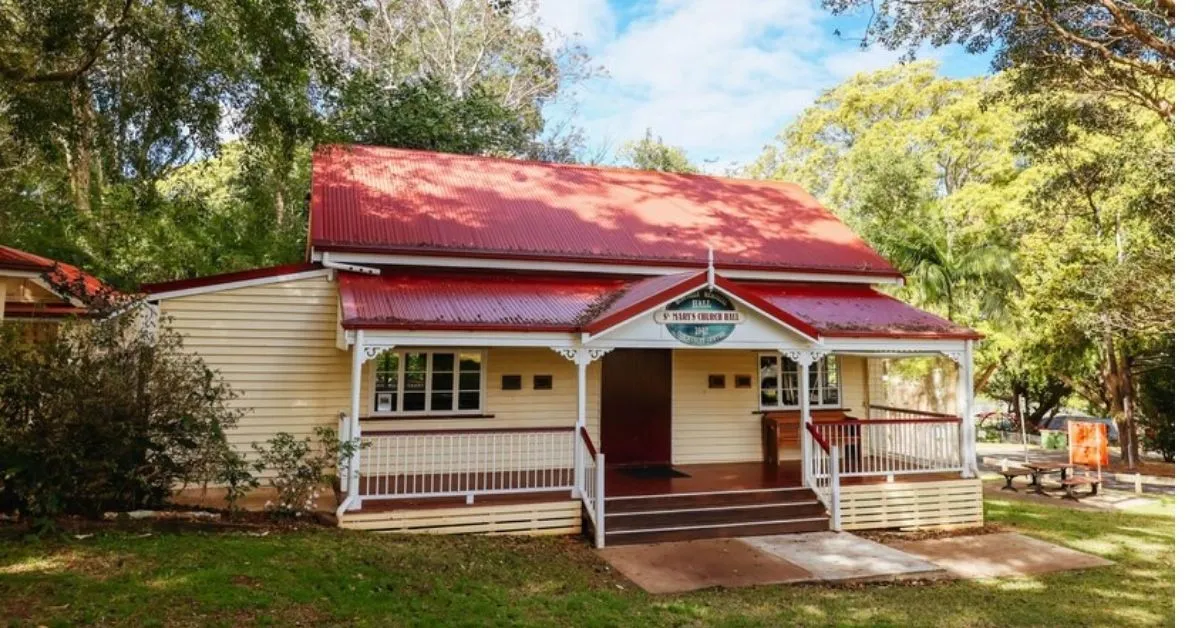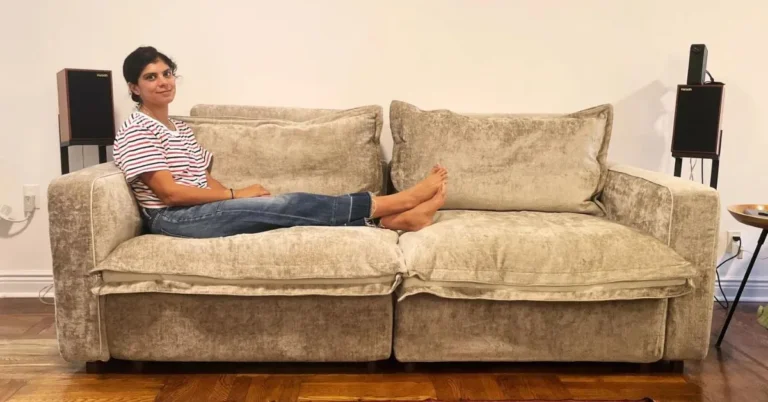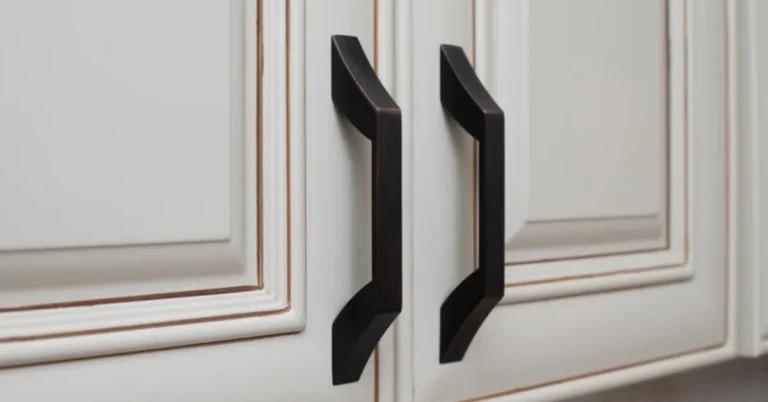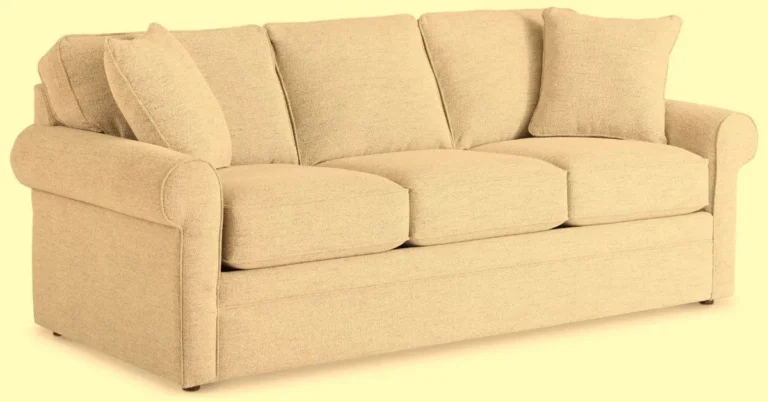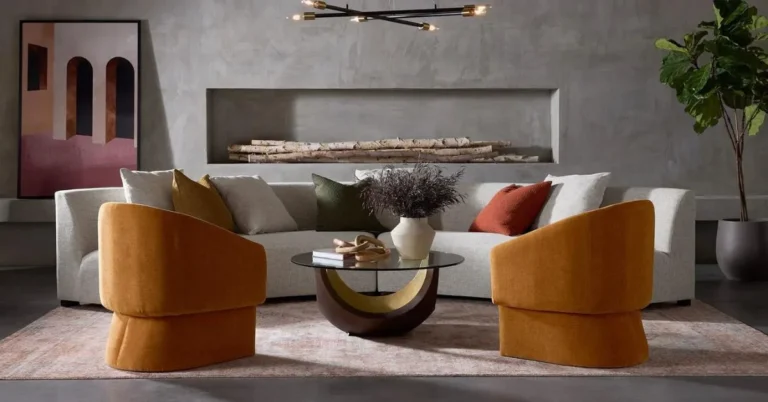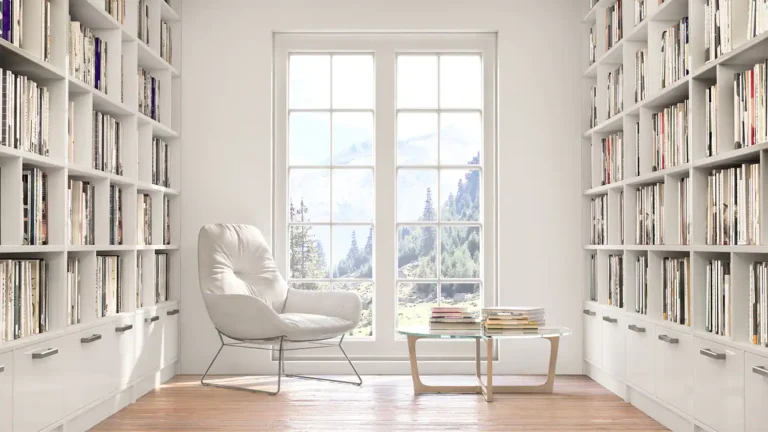How to Maximize Space with Granny Flats in Western Australia?
Granny Flats in Western Australian era where urban living is becoming increasingly congested, the concept of maximizing space has never been more critical. One innovative solution gaining traction in Western Australia is the construction of granny flats. These secondary dwellings not only offer a practical alternative for homeowners but also provide unique opportunities for investment, accommodating family, or creating a rental income stream. This article will explore how granny flats can effectively maximize space in Western Australia, the benefits they offer, and the design considerations to keep in mind.
Understanding Granny Flats
Granny flats, also known as secondary dwellings or accessory dwellings, are self-contained living units typically situated on the same lot as a primary residence. They can range from small studio apartments to larger two-bedroom units. The appeal of granny flats lies in their versatility; they can serve as homes for elderly relatives, guest accommodations, or even rental properties. According to the Western Australia Planning Commission, granny flat homes are becoming an increasingly popular option for homeowners looking to optimize limited space while still maintaining privacy and independence for occupants.
Legal Requirements and Regulations
Before diving into the construction of a granny flat, it’s essential to understand the legal requirements and regulations in Western Australia. Local councils have specific zoning laws that dictate the permissible use and construction of granny flats. Generally, these regulations cover aspects such as size, height, design, and setback requirements. In Western Australia, the Residential Design Codes (R-Codes) provide guidelines that ensure granny flats are built to a standard that complements the existing neighborhood. Homeowners should consult their local council to get the most current information to avoid any legal complications down the road.
Space Efficiency and Design Considerations
Maximizing space is at the heart of granny flat design. To make the most of a limited footprint, homeowners should consider open-plan layouts that create a sense of spaciousness. Utilizing multifunctional furniture can also contribute to space efficiency. For example, a sofa bed can serve dual purposes, transforming a living area into a sleeping space as needed. Additionally, built-in storage solutions, such as wall-mounted shelves and under-bed storage, help maintain a clutter-free environment. Natural light should not be overlooked; strategically placed windows and skylights can enhance the feeling of openness while reducing the need for artificial lighting.
Increasing Property Value
Investing in a granny flat can significantly increase the overall value of your property. According to a report by the Property Council of Australia, properties with secondary dwellings can see an increase in market value by up to 30%. This is especially beneficial in high-demand areas where housing options are limited. Moreover, a granny flat can provide a lucrative rental opportunity, allowing homeowners to generate additional income while still maintaining ownership of their property. As rental demands in urban centers continue to rise, having a self-contained unit can be an attractive selling point for potential buyers.
Creating an Income Stream
One of the most appealing aspects of granny flats is the potential for rental income. For homeowners looking to capitalize on this opportunity, it’s vital to understand the rental market in their area. Conducting thorough research on rental prices and demand can help set competitive rates that will attract tenants. In Western Australia, the rental market has shown resilience even amidst economic downturns, making granny flats an appealing investment. Additionally, homeowners can choose to rent long-term to families or professionals or utilize platforms like Airbnb for short-term rentals, providing even more flexibility and income potential.
Environmental Considerations
As urban areas grapple with environmental challenges, sustainable building practices have become increasingly important. When designing a granny flat, homeowners should consider eco-friendly materials and energy-efficient appliances to minimize their carbon footprint. Solar panels, rainwater tanks, and energy-efficient windows are just a few ways to make a granny flat more sustainable. The Western Australian government offers various incentives, such as rebates for solar installations, which can further enhance the appeal of incorporating sustainable practices into your granny flat construction.
Customization and Personalization
Granny flats can be tailored to suit individual needs and preferences, offering a level of customization that traditional housing often lacks. Homeowners can choose to design their granny flat with specific features, such as a home office, gym, or art studio, depending on their lifestyle requirements. This flexibility not only maximizes space but also creates a living environment that resonates with the occupants. Whether it’s selecting paint colors, flooring materials, or kitchen layouts, personal touches can transform a standard granny flat into a unique and functional space that meets the homeowner’s vision.
Conclusion: The Future of Living in Western Australia
Granny flats represent a practical and innovative solution for maximizing space in Western Australia, addressing the housing challenges faced by many urban areas. From accommodating family members to generating rental income, these versatile units offer numerous benefits that can enhance the homeowner’s lifestyle and property value. With careful planning, adherence to regulations, and thoughtful design, homeowners can create functional living spaces that contribute to a sustainable future. As the demand for housing continues to rise, granny flats will undoubtedly play a vital role in shaping the landscape of modern living in Western Australia.
